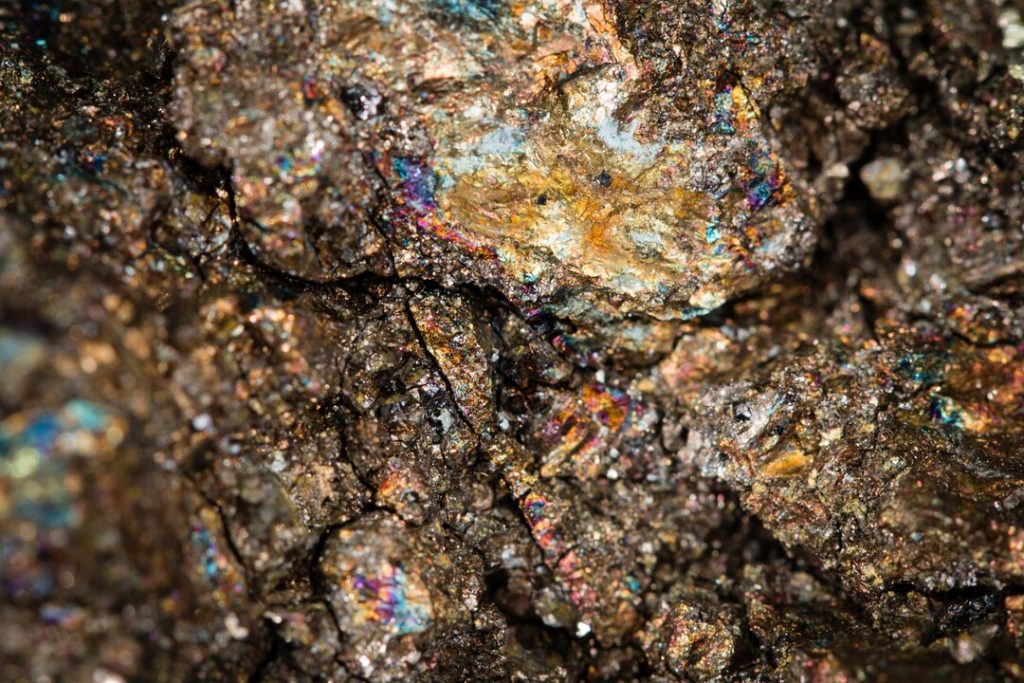
Kenya has hit the jackpot! A recent exploration has found that the country’s underground wealth is far greater than what had been previously established. The discovery of a staggering 970 distinct minerals is something that has caught the eye of many individuals in the extractives industry and beyond, only now waiting to be explored. These minerals are spread across the country and the exploration report has identified 15 counties with the highest deposit levels.
The 970 minerals include industrial, base, precious, rare, and radioactive minerals, gemstones, construction and building materials, and geothermal resources.
These minerals have been classified as “potential prospects” and their nature, economic viability and total worth are yet to be fully established. However, through a process called “ground truthing”, efforts to determine the economic viability of this discovery are underway, as the 15 counties will be subjected to further studies to better inform exploration decisions. If successful, Kenya will join the league of nations that mines Thorium, Nickel and Cobalt, among others.
Take Thorium for example, which is a radioactive metal, the exploration of it could become a valuable contribution to the global energy market, attracting foreign investment, creating new job opportunities surrounding the industry and drastically boost the nation’s economy. Moreover, the development of a Thorium processing industry could generate significant revenue for the government, which would go a long way in underpinning the government’s efforts towards delivering promised public services and social programs.
Cobalt and Nickel are also high-value minerals, used in the production of batteries for electric vehicles, and their discovery in Kenya could make the country an important player in the global supply chain for battery materials. Further attracting foreign investment and creating new job opportunities in the mining industry and related sectors.
Kenya’s mining industry presently contributes less than one percent of the country’s gross domestic product (GDP). However, it has the potential to significantly boost the country’s economy by contributing between 4 to 10 percent, equivalent to a high of USD 11.04 billion based on 2021 GDP figures from the World Bank. This projection comes from the Kenya National Chamber of Commerce and Industry, highlighting the untapped potential of the sector.
The benefits of these mineral deposits go beyond just the mining industry. The development of a Thorium, Cobalt, and Nickel mining industry in Kenya could spur the country’s economic growth and development. This would ultimately benefit the average Kenyan citizen through increased job opportunities, improved public services, and all-round economic prosperity.
These findings were announced during a consultative meeting with the respective governors by Cabinet Secretary for Mining, Blue Economy and Maritime Affairs, Salim Mvurya, following a geophysical exploration that successfully concluded Kenya’s three-decade-long endeavour to comprehensively map out the country’s mineral reserves beneath its soil.
Upon confirming the availability of economically viable deposits, residents and county governments will be engaged in providing consent to mining companies ahead of the ministry granting exploration and mining licenses.
Overall, the discovery of the “970” presents a unique opportunity for Kenya to enhance its economy and extraordinarily transform the lives of its citizens, but careful planning and responsible management will be crucial to ensure the sustainable and equitable exploitation of this resource.
